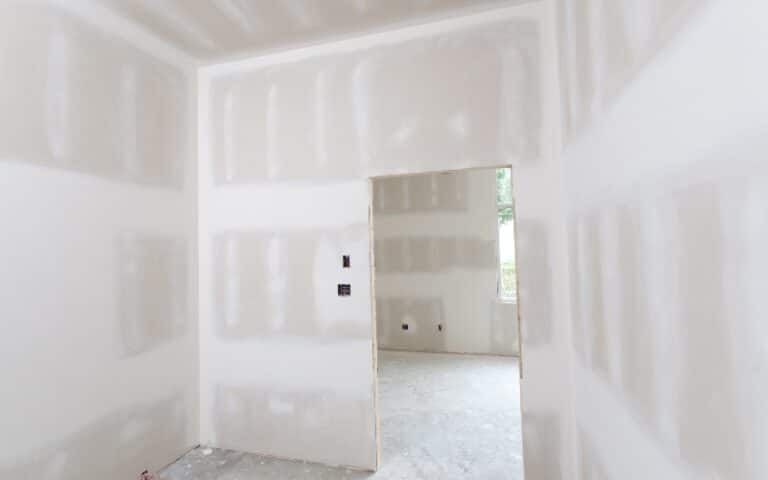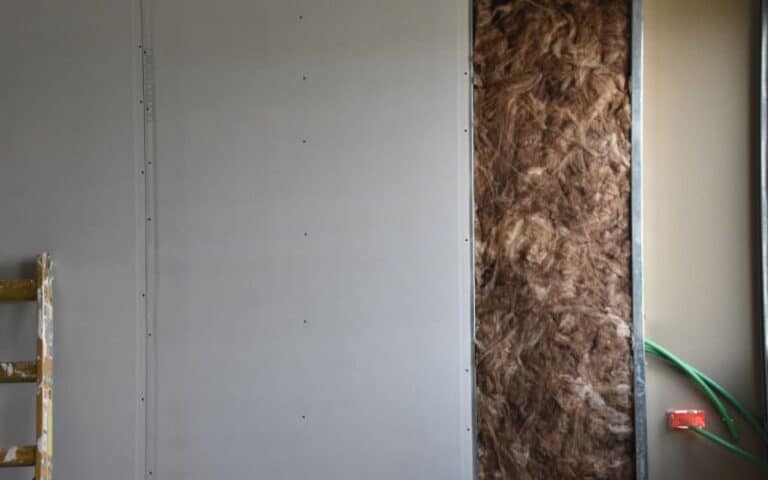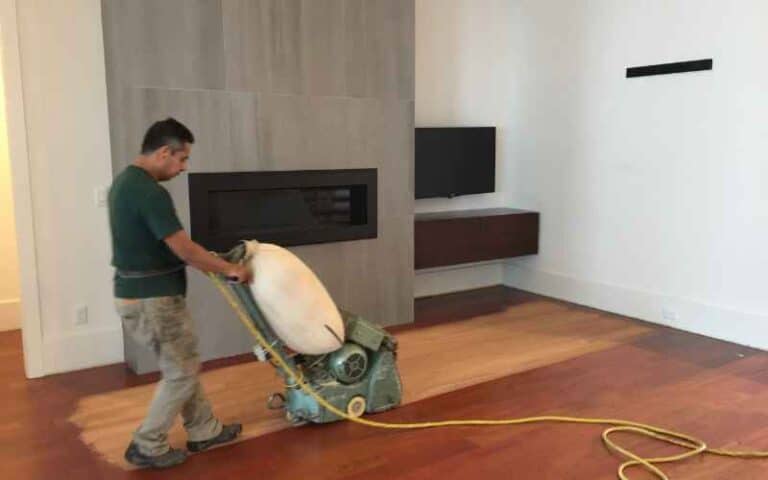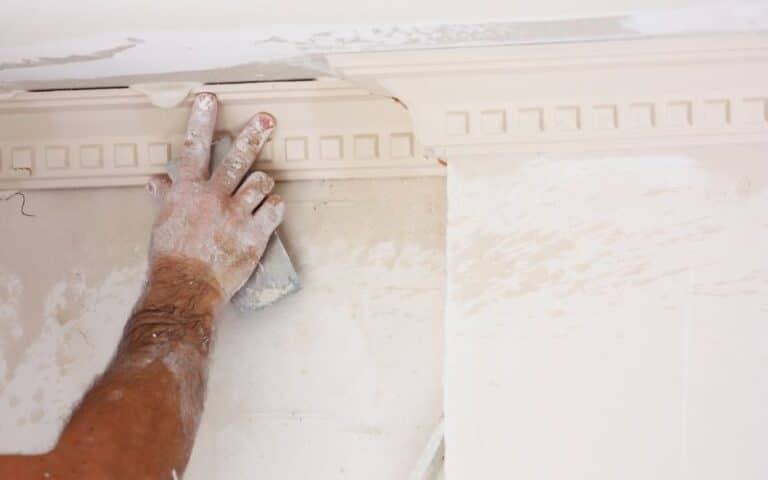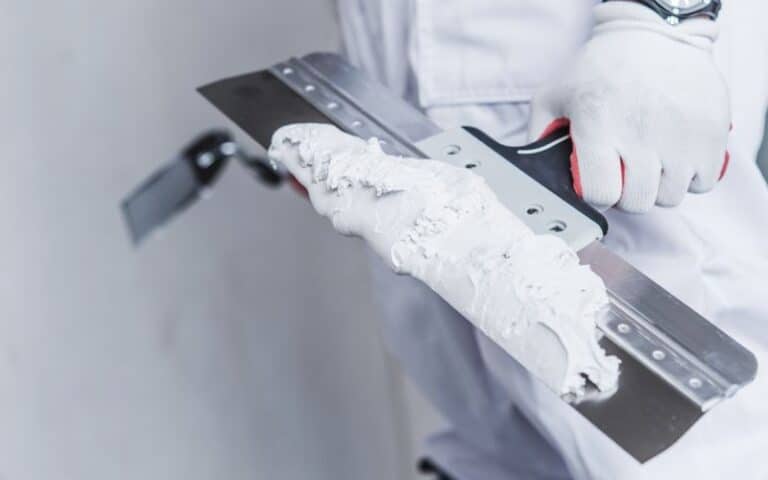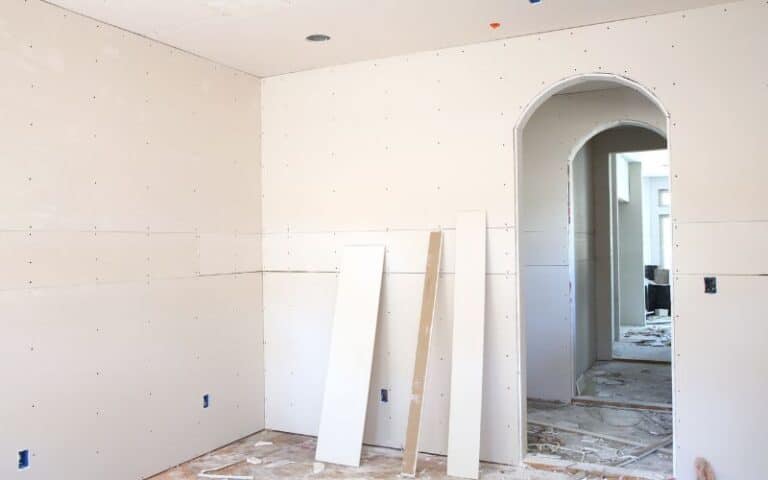Drywall anchors allow the user to hang objects around the wall by providing a support unit for a nail or screw.
They are necessary to hang objects safely while maintaining the drywall’s structural integrity.
But what happens if they keep breaking? What could be the reason? Are there simple solutions to the problem?
The drywall anchor might keep breaking if you install the wrong type. Improper installation or excessive load are other reasons the anchor keeps breaking. But the good news is that you can quickly correct the situation.
This article elaborates on the reasons why the anchor keeps breaking. You also get to enjoy the simple and practical solution. Other tips will help as you look to install new drywall anchors.
Ready for a Drywall Quiz?
Why Does my Drywall Anchor Keep Breaking?
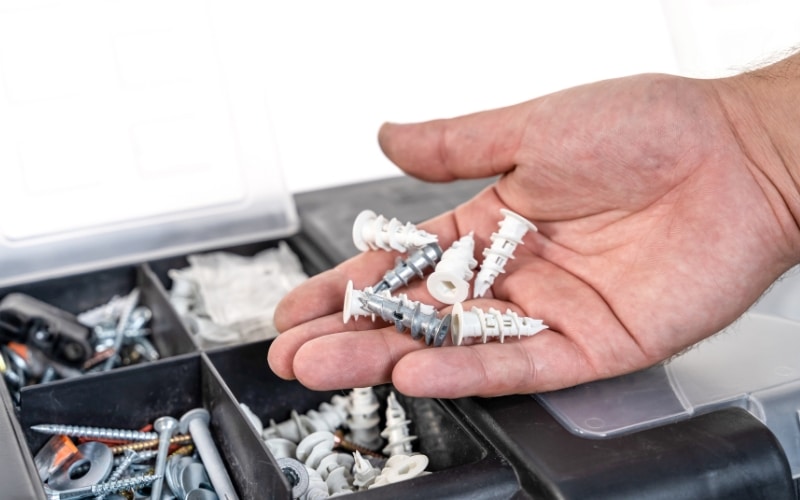
After or during installation, you might find that your anchor keeps breaking. This result is often frustrating, considering the effort needed for each installation.
But there are obvious reasons for this problem. Some common reasons are:
#1. Wrong Anchor Type
There are different types and categories of drywall anchors. These anchor serves different purposes and uses.
Understanding these uses and getting the anchor that suits your purpose is necessary. So, the drywall anchor might keep breaking due to wrong choices.
While wrong choices can refer to types, they can also refer to strength. Even anchors of the same type do not have equal strength.
It keeps breaking if the anchor needs to be stronger for its intended purpose.
#2. Improper Installation
A drywall anchor can only perform its function if its installation is sound. The anchor can break off the wall when the installation process is improper.
The fact that there are various types and categories of anchors also influence the installation technique. Proper installation takes skill, and one needs to be careful in this regard.
Only when you properly install the anchor can it serve its intended purpose.
The good news is that most drywall anchors come with an installation guide. So, with the right tool and skill, you can install the anchor properly.
If the anchor keeps breaking after proper installation, then the problem lies elsewhere.
#3. Excessive Load
Proper installation is not the only requirement to keep the drywall anchor in its place. Proper use is also essential. Each anchor has its specified load-carrying capacity.
It is vital to avoid weighing down the anchor excessively. Each type of bolt attached to the anchor has its specified weight. Follow the weight specification to avoid breakage.
#4. Weak Drywall
A drywall anchor can only be effective when the wall attachment is strong. If the drywall is weak, this can also cause the anchor to break.
Drywalls, when they are new, are not the strongest of walls. Understandably, like any other wall, they grow weaker over time through use and misuse.
Hence, as it grows weaker through the years, its ability to support an anchor reduces.
Hence, you might adequately install the correct type of anchor without adding excessive weight and experiencing anchor breaks. This breakage results from weak drywall.
How Do You get Drywall Anchors to Stay?
The goal is to get your anchor to stick to the drywall. Once it stays, you can use your screw or nails to hang the various objects around the building. Here are a few techniques that help:
#1. Install the Drywall Anchor Properly
Properly installing your anchor is the best way to ensure it stays. With the proper installation, there is not much reason to worry.
However, there is no “one size fits all” in drywall anchor installation. The drywall anchor you select will determine your installation process.
With careful installation using the right tool, you can pull it off with minimal skill level.
Part of proper installation includes selecting the suitable drywall anchor for your project. In general, here are some tips to help with your installation
Drill holes that are slightly thinner than the anchor diameter. Be sure to check the package for the required hole diameter.
Use a screwdriver instead of a drill where applicable. A drill can make the hole too fast and too long.
#2. Install on the Studs
Some drywall anchors require making a hole through the drywall to the other side. These types of anchors use bolts to tighten the anchor.
There are two options when installing the drywall anchor. First, you can take the easy option of installing directly on the wall. Alternatively, you can also use the studs part of the drywall.
The studs are wood support in the wall. They provide extra support for the drywall and the anchor. Installing the stud guarantees more stability and reduces the chance of breaking.
However, note that the stud is a different material from the drywall. So, you must select an anchor that is strong enough to drill through wood.
Hence, not all types of anchors can go on the drywall studs. However, the drywall and studs anchor is available for use.
What to Do When Drywall Anchor Breaks?
A broken drywall anchor becomes useless and out of function. However, they are a few steps to help solve the resulting problem.
When the anchor breaks, the ultimate solution is to replace it with another anchor. But you can’t replace it on the exact spot. So it would help if you found a new spot for the anchor.
Here are the steps involved;
- Remove the hanging object from the nail or screw
- Inspect the wall and remove the broken anchor
- Cover up the hole with drywall compound
- Mark a new spot and install a new anchor.
- Use a stronger anchor type or reduce the load to avoid future breaks.
Do Drywall Anchors Need Pilot Holes?
Pilot holes are vital parts for some drywall anchors. It is needed to firmly install the anchors in the wall without breaking or damaging them.
If you are new to these types of projects, you need to understand the meaning and application of pilot holes. Here are two main points to note when making pilot holes.
#1. Width of Pilot Holes
Some drywall anchor types, including molly bolts and toggle bolts, cannot penetrate the drywall, even with a screwdriver or drill. Hence you need to open a small hole in the wall.
The anchor goes into this hole. That means the hole must be wider than the tip of your drywall anchor but not more expansive than the actual body.
The smaller width is to ensure a firm connection with the wall.
#2. Length of Pilot Holes
The required length of the Pilot hole for each anchor varies & depends on the length or type of the anchor.
But the recommendation is to measure the length of the anchor and drill a pilot hole that is ¼ inch shorter than the anchor length.
While using the screwdriver to install the anchor, it drills the rest automatically.
Note that some drywall anchors do not need pilot holes during installation. A good example is a self-drill anchor.
The Drywall Anchor keeps Bending.
The anchor goes smoothly without breaking or bending when everything is correct during installation. However, in some situations, the anchor finds it challenging to penetrate the wall.
Applying more force at that point makes the anchor bend. Here are common reasons and solutions to this problem:
#1. A Study Layer Behind The Drywall
Drywall walls do not have the same strength as actual concrete walls. It is one reason why they need anchors to hang weights of heavy objects.
It is also why anchors can penetrate the wall without breaking. However, if there is another stronger layer behind the wall, this often causes the anchor to bend.
When you repeat the installation, the anchor keeps bending.
#1. Solution
Install the anchor on another face or part of the drywall. Sometimes, the length and breadth of the layer still need to be discovered. So, it is better to pick another wall entirely.
This solution might call for a change in design plans, but it is necessary.
#1. Installing on a Stud
Installing your anchor on a Stud can have two different results. First, it makes the anchor firmer, and it will connect to the drywall.
However, this is only true when the anchor is strong enough to penetrate the wood stud. The second result happens when the selected anchor is a weak one.
The anchor bends as it tries to penetrate the wood.
#1. Solution
One practical solution is to move the installation point a few inches to either side and away from the stud. Once the anchor is away from the stud, installation becomes easy.
Another option is to get anchors that can penetrate studs if you use that spot.
Here is a table summarizing reasons for the drywall anchor bending and solutions
| Reasons for Anchor Bending | Solution |
|---|---|
| Another Layer Behind the Drywall | Choose another drywall side |
| Installing on a Stud | Move to another spot or get stud anchors |
| Pipes behind the drywall | Change the installation spot |
| Wrong installation technique, like the use of a hammer | Use a hammer only when it is appropriate. Some anchors require a screwdriver or drills. |

